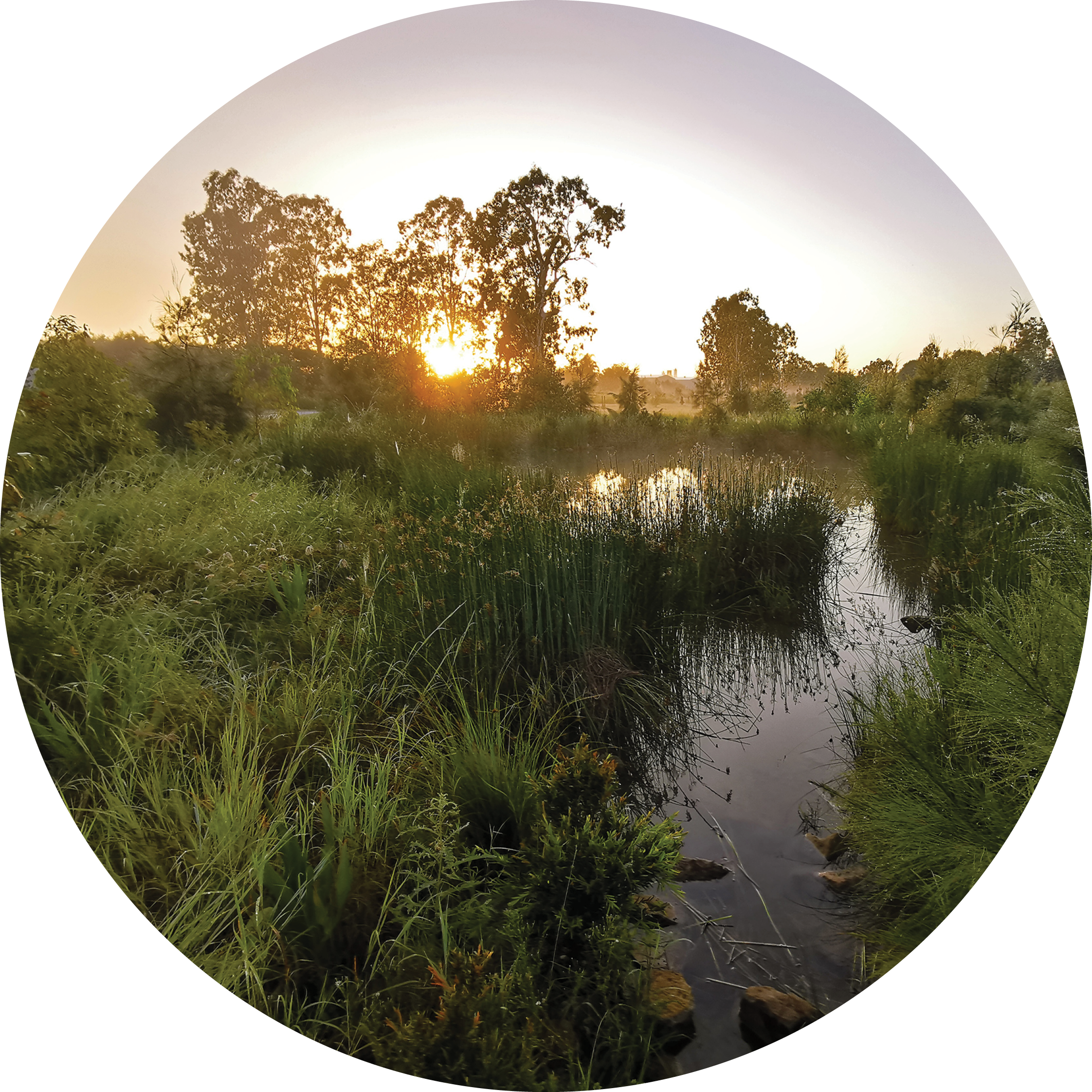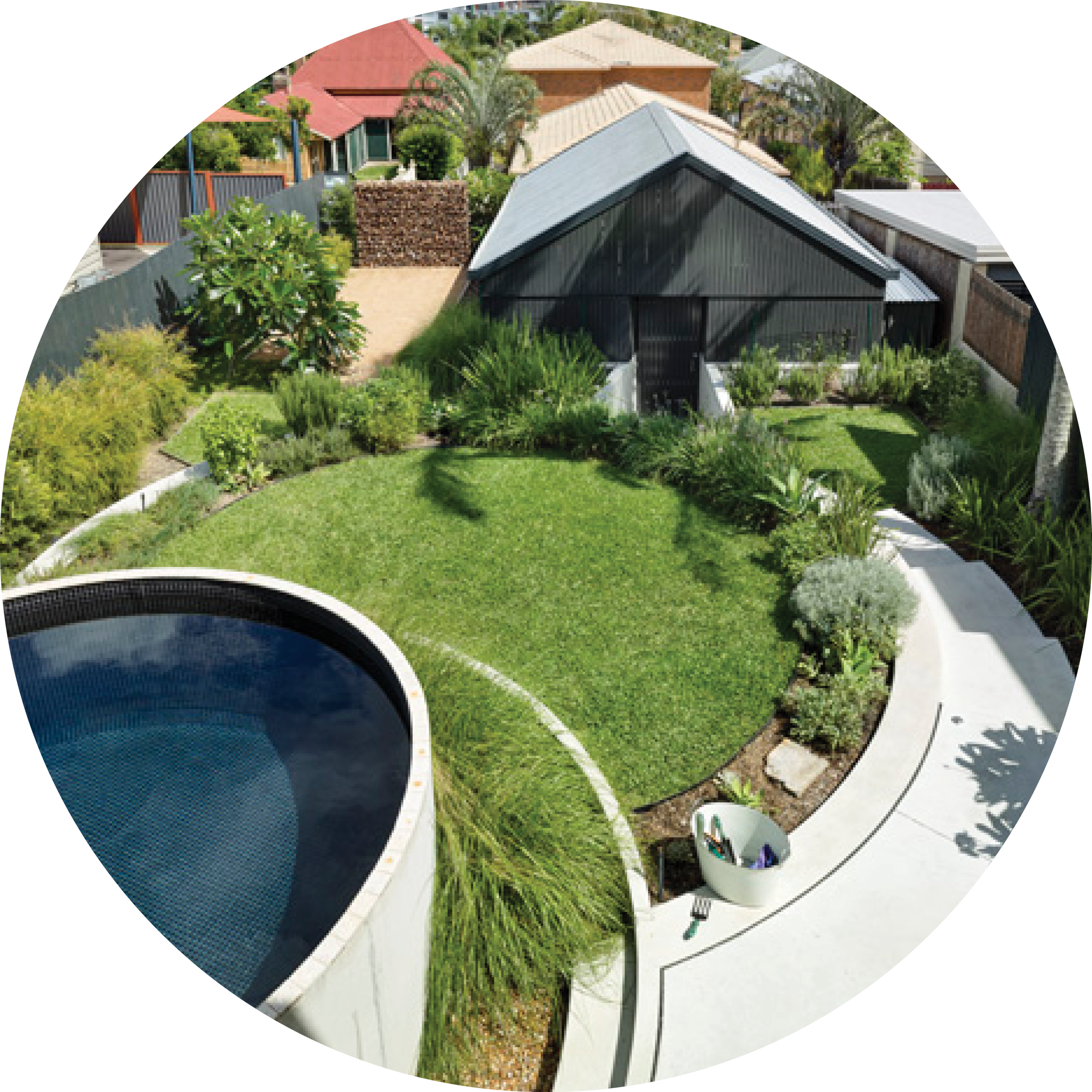Landscapology
helps connect people
and landscape.
We focus on three types of projects: urban waterways, community and heritage, and gardens.
Waterways
We use design to build a bridge between the rigours of science and engineering, and the delight of spending time in nature.
If you work on waterway, environmental or land management projects think about how you like to experience your favourite places.
If you want to cycle along a creek, or stop to enjoy your morning coffee, what makes you choose one spot over another? Are there places that seem more inviting for kids to explore? Do you choose different places in summer and winter? Which spots do you return to again and again?
People are drawn to water - we feel this, we experience it, and research confirms it’s true.
We can use design thinking to help bring people to your waterway project. Informed by your technical expertise we can show you how to make the most of your project: guiding the way people arrive and move through spaces, highlighting areas of special interest, protecting fragile ecosystems, creating welcome pockets of shade or sunlight, ensuring equitable access so no one is excluded from experiencing life outside.
Community
Outdoor places provide opportunities for shared gathering and story-telling.
If you manage a botanic garden how do you retain the qualities that attract your loyal visitors today, whilst also engaging the attention of a future patron - a child who may one day return as a parent, a scientist, a day-tripper or a volunteer?
If you’re a hospital patient, visitor or staff member, where can you step outside, briefly, to feel the sun on your face while you take a deep breath? Is there somewhere private you can process difficult information, or somewhere that offers a sense of normalcy and life continuing?
If you’re restoring or renovating an old building, how can the landscape setting support the experience of new visitors? Can the landscape reveal stories of past occupation of the site, even if those stories are confronting?
The places where we gather provide opportunities to connect with the past and look to the future. We can use design thinking to help bring people to your important space in ways that help visitors share in our common humanity.
Gardens
The garden is one of the oldest types of landscapes created by humans.
Gardens can be private or public, big or small, lavish or modest. They can be highly productive: providing habitat to birds, insects and invertebrates, edible food crops for us, pollen for bees (thus ensuring there will continue to be food crops), and delight to all the senses.
Established suburban gardens containing mature trees provide significant summer shade, reducing urban heat islands, and sequester tonnes of carbon. As urban areas expand and greater expanses of ground are paved over, gardens provide the opportunity for water to soak back into the earth.
Whether it’s an indoor pot plant, a small courtyard, or a large backyard, for many children a home garden provides their first encounter with nature, and research continues to confirm the importance of access to green spaces for both physical and mental wellbeing.
We can use design thinking to help create your beautiful, productive and meaningful garden.
No project exists in isolation.
Our projects succeed as a result of hard work with great people.
Team
It's essential to acknowledge past Landscapology team members Claudia Bergs and Christina Gnezdiloff. Amalie had the pleasure of working with these two amazing women for several years. Together we delivered some beautiful gardens, a master plan for the Maroochy Regional Bushland Botanic Garden, and the naturalisation of Small Creek. Talented people are always in demand, and it’s no surprise that both Claud and Christina have gone on to bigger and brighter things. If you get the opportunity to work with them, grab it with both hands.





